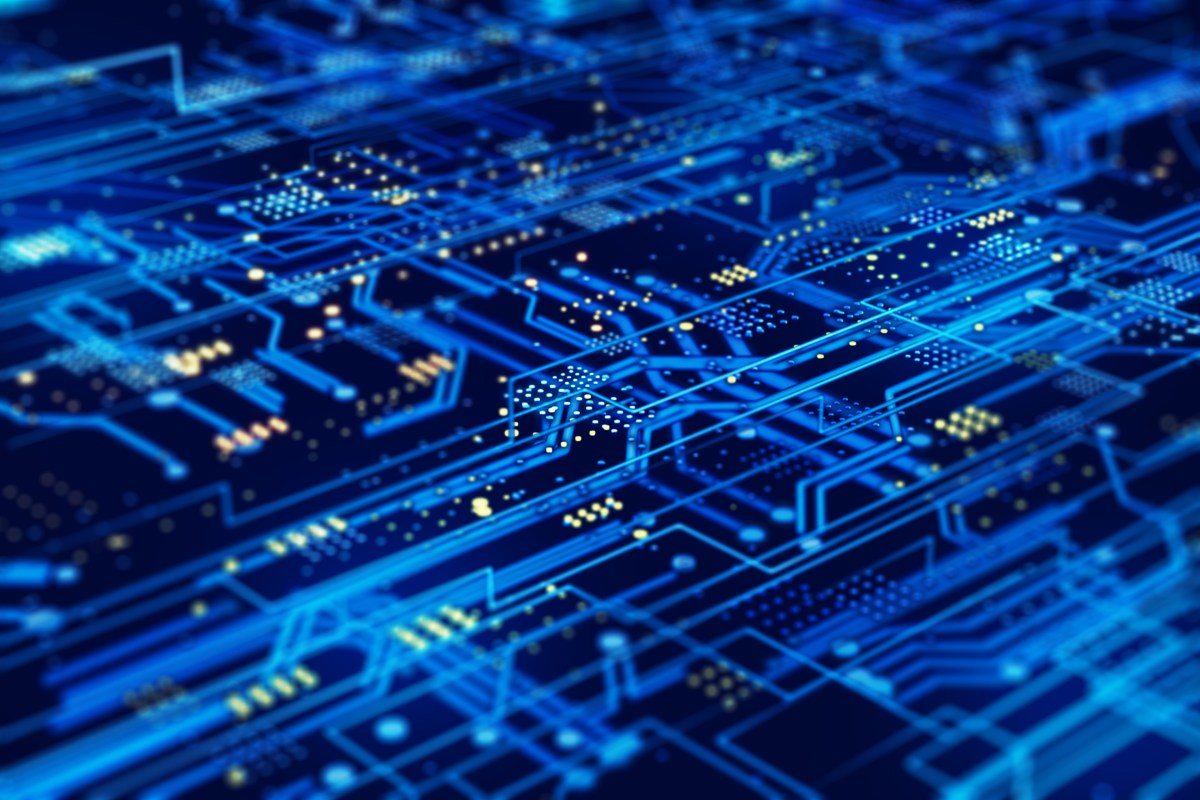Business
How engineering leaders can use AI to optimize performance


If there’s one area where most engineering teams are not making the most of AI, it’s team management.
Figuring out how to better manage engineers is often approached like more of an art than a science. Over the decades, engineering management has undoubtedly become more agile and data-driven, with automated data gathering improving performance. But in the past few months, the evolution of AI — specifically, predictive AI — has thrown management processes into a new era.
Predictive AI analyzes data to foresee possible future patterns and behaviors. It can automatically set goals based on real-time data, generate recommendations for improving teams’ performance, and process far more information than was possible before.
I want to encourage all other engineering management and intelligence platforms to start using AI, so we can collectively move into a new era. No business wants to lose profits or market share because of bad management.
We now have the data and the technology to turn engineering management from an art into a science. This is how engineering leaders can use AI to manage their teams and achieve more with less.
Pinpoint hidden patterns
Even the most capable engineering leaders have some blind spots when it comes to reviewing performance in certain areas, and may miss concerning behaviors or causal factors. One of the most significant ways engineering managers can apply AI to their workflow is by generating full reports on engineers’ performance. Typically, managers will manually put together reports at the end of the month or quarter, but often that gives a superficial analysis that can easily conceal hidden or incipient problems.
In the past few months, the evolution of AI — specifically, predictive AI — has thrown management processes into a new era.
Predictive AI can automate insightful performance reports telling leaders where they should be making improvements. The main advantage here is that AI has a greater ability to identify patterns. It can process all existing data on a team’s performance, as well as internal and external benchmark data, to produce a level of analysis that humans can hardly attain at scale.
For example, AI can better analyze the relationship between cycle time, code review time, and code churn (the frequency with which code is modified). It can determine if longer code review times are actually leading to less code churn — which could imply more stable and well-thought-out code. Or, it may find that longer review times are simply delaying the development process without any significant reduction in churn.
By analyzing multiple metrics simultaneously, AI can help identify patterns and correlations that might not be immediately apparent to managers, enabling organizations to make more informed decisions to optimize their software development processes.
-

 Entertainment6 days ago
Entertainment6 days agoWhat’s new to streaming this week? (Jan. 17, 2025)
-

 Entertainment6 days ago
Entertainment6 days agoExplainer: Age-verification bills for porn and social media
-

 Entertainment5 days ago
Entertainment5 days agoIf TikTok is banned in the U.S., this is what it will look like for everyone else
-

 Entertainment5 days ago
Entertainment5 days ago‘Night Call’ review: A bad day on the job makes for a superb action movie
-

 Entertainment5 days ago
Entertainment5 days agoHow ‘Grand Theft Hamlet’ evolved from lockdown escape to Shakespearean success
-

 Entertainment5 days ago
Entertainment5 days ago‘September 5’ review: a blinkered, noncommittal thriller about an Olympic hostage crisis
-

 Entertainment5 days ago
Entertainment5 days ago‘Back in Action’ review: Cameron Diaz and Jamie Foxx team up for Gen X action-comedy
-

 Entertainment5 days ago
Entertainment5 days ago‘One of Them Days’ review: Keke Palmer and SZA are friendship goals




















